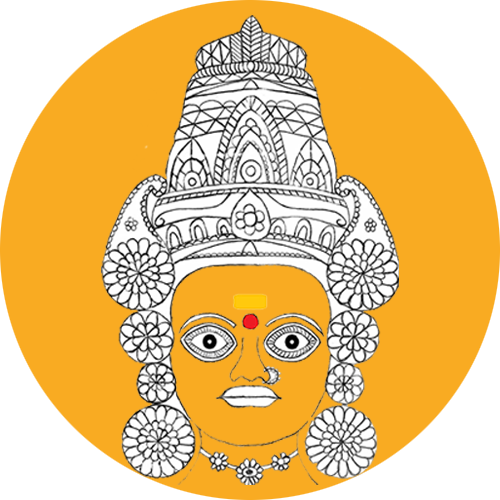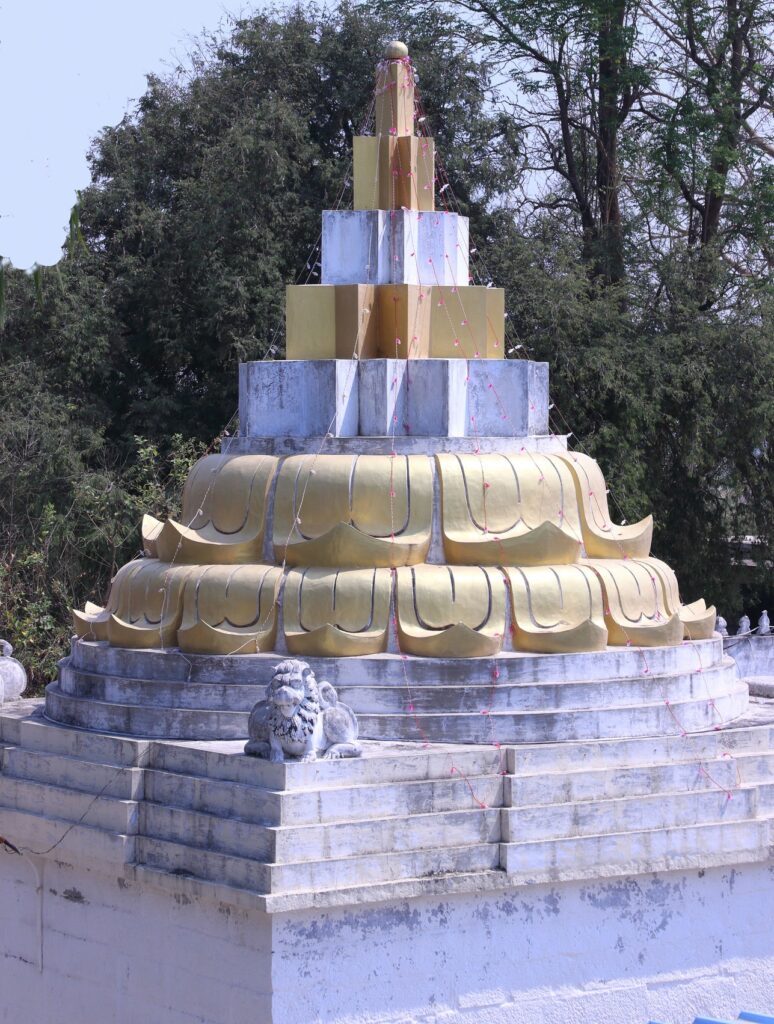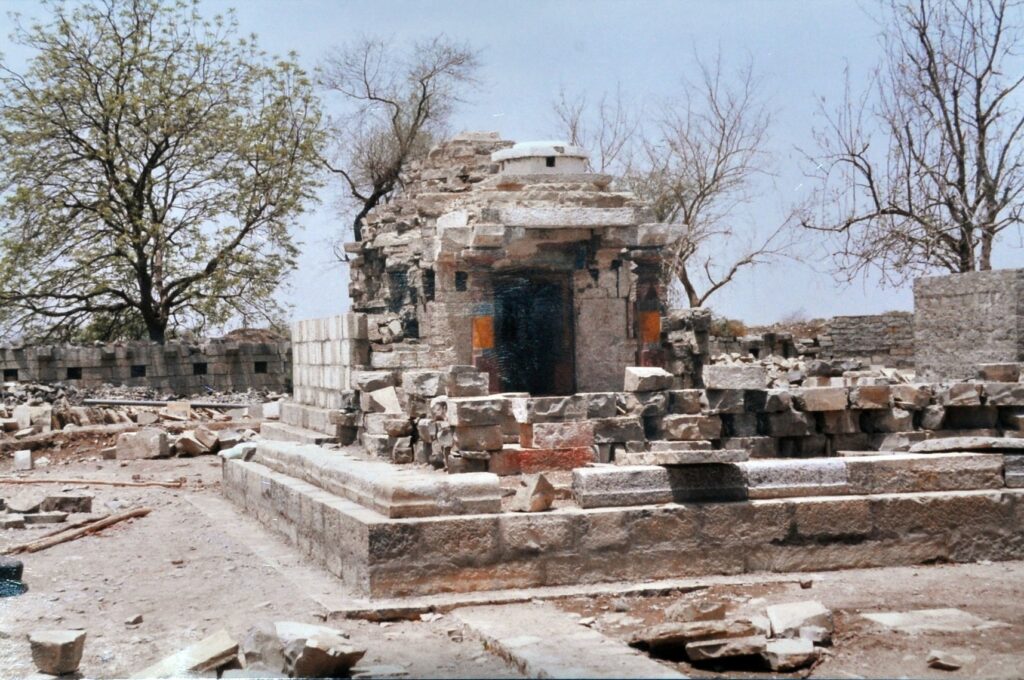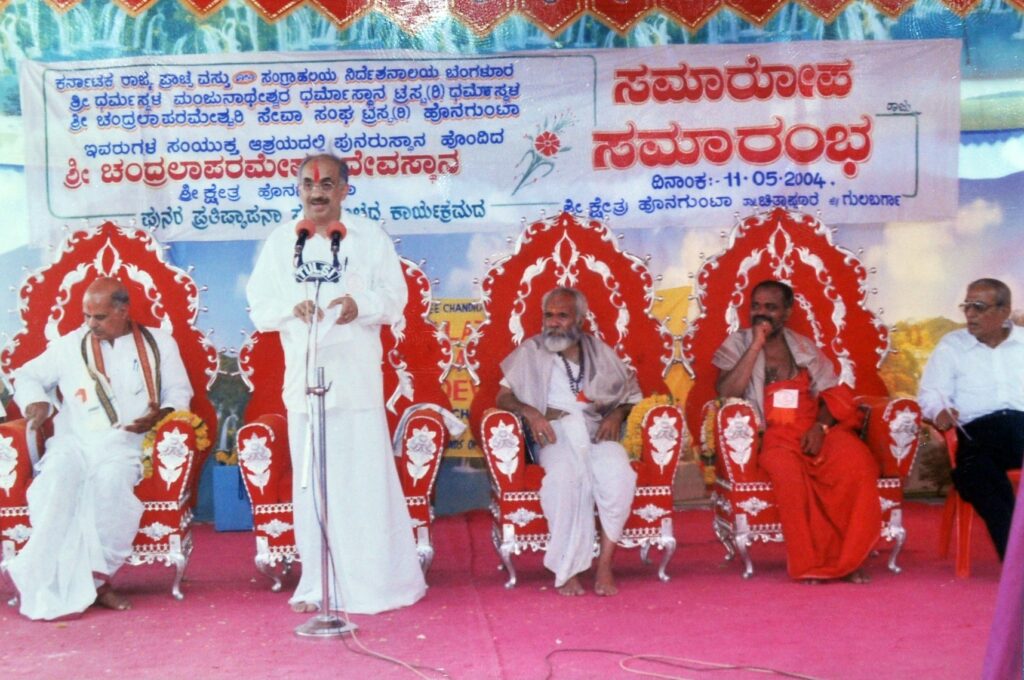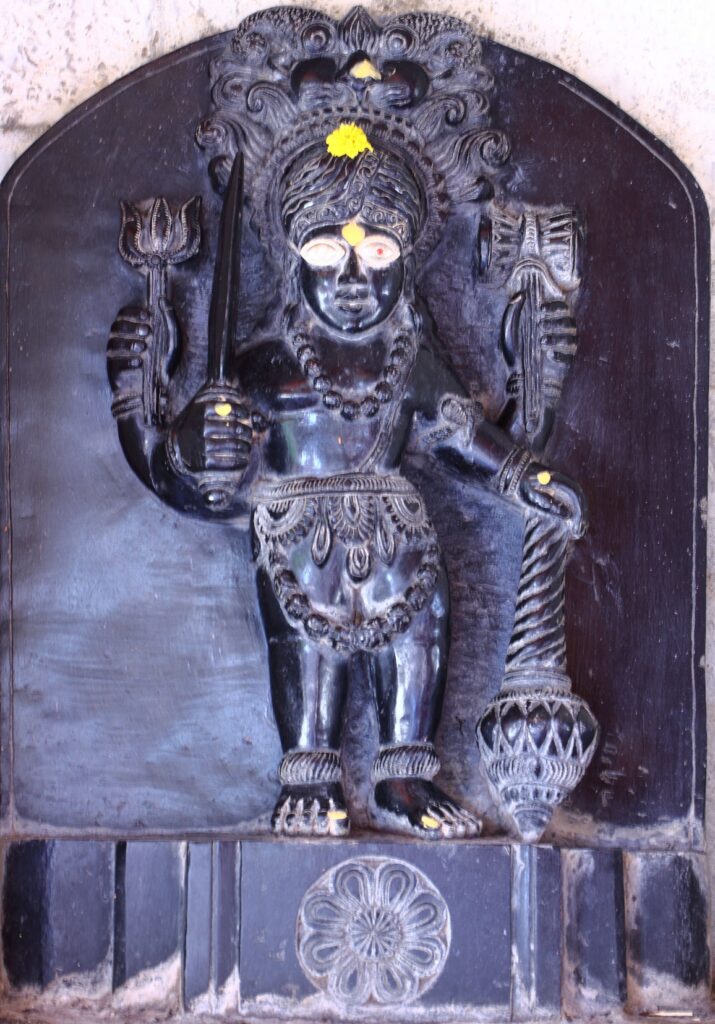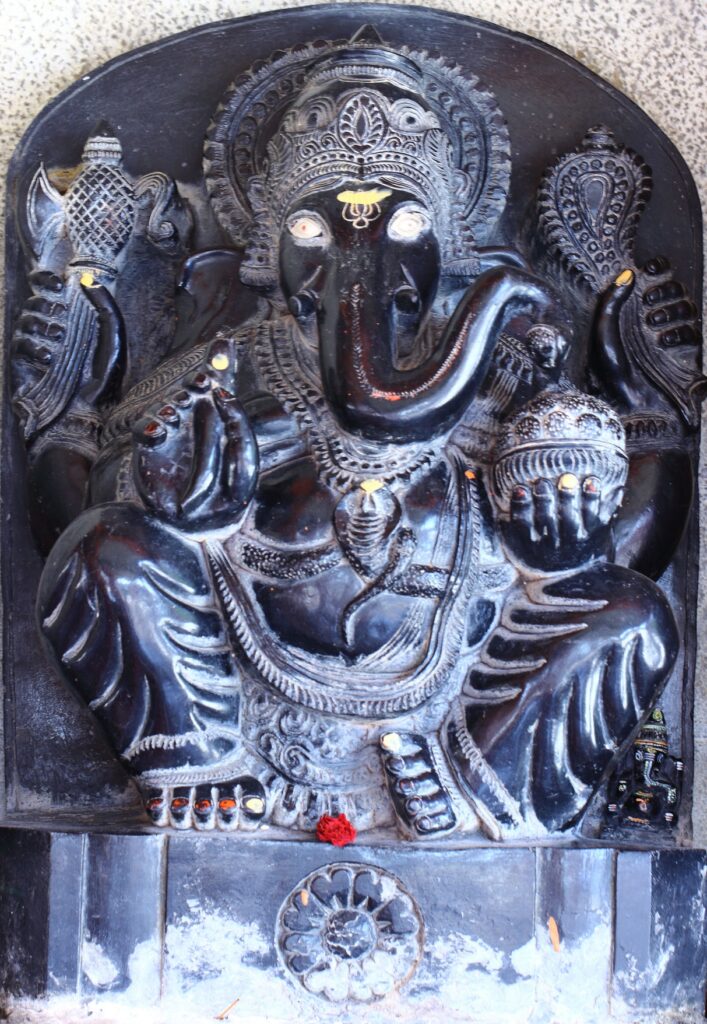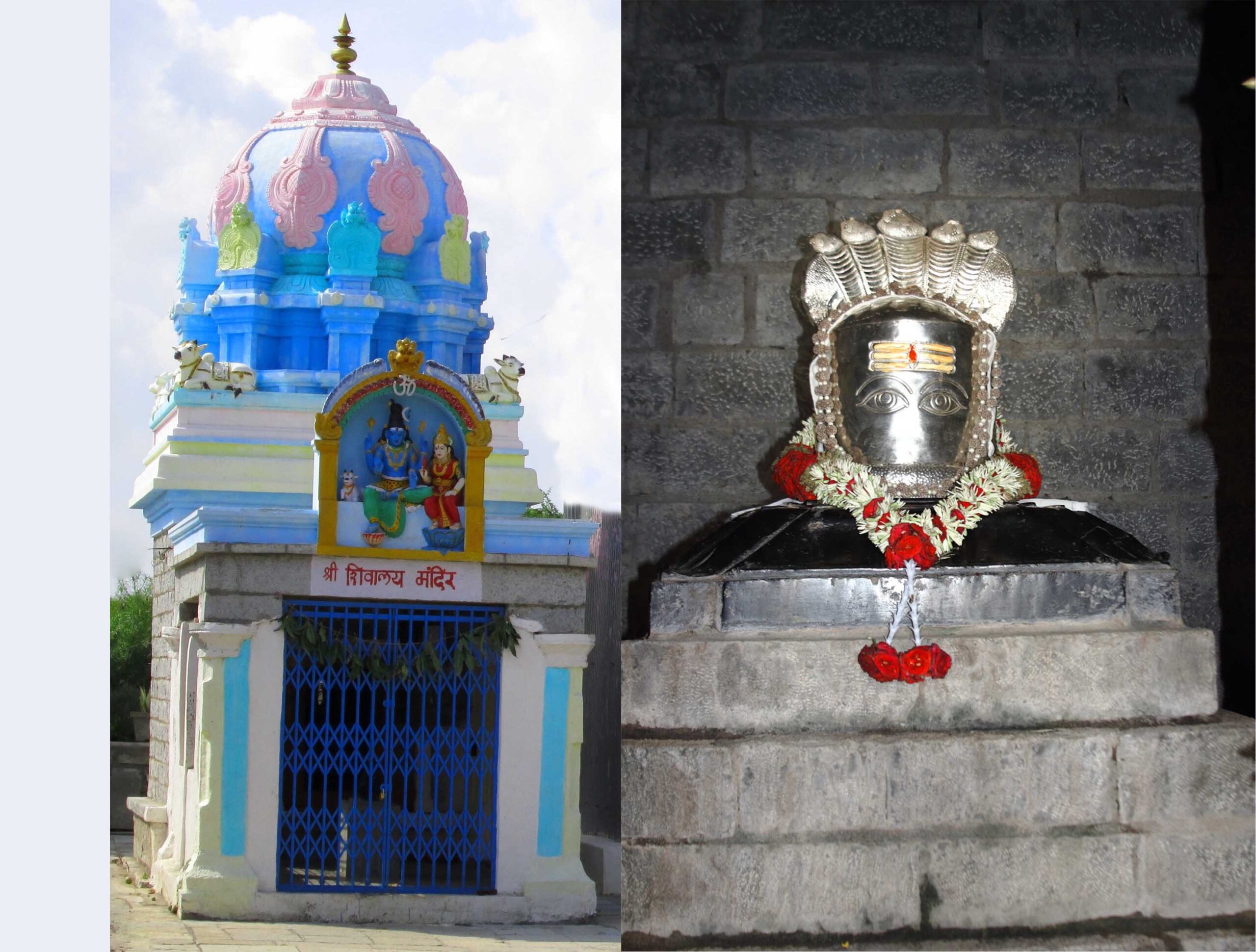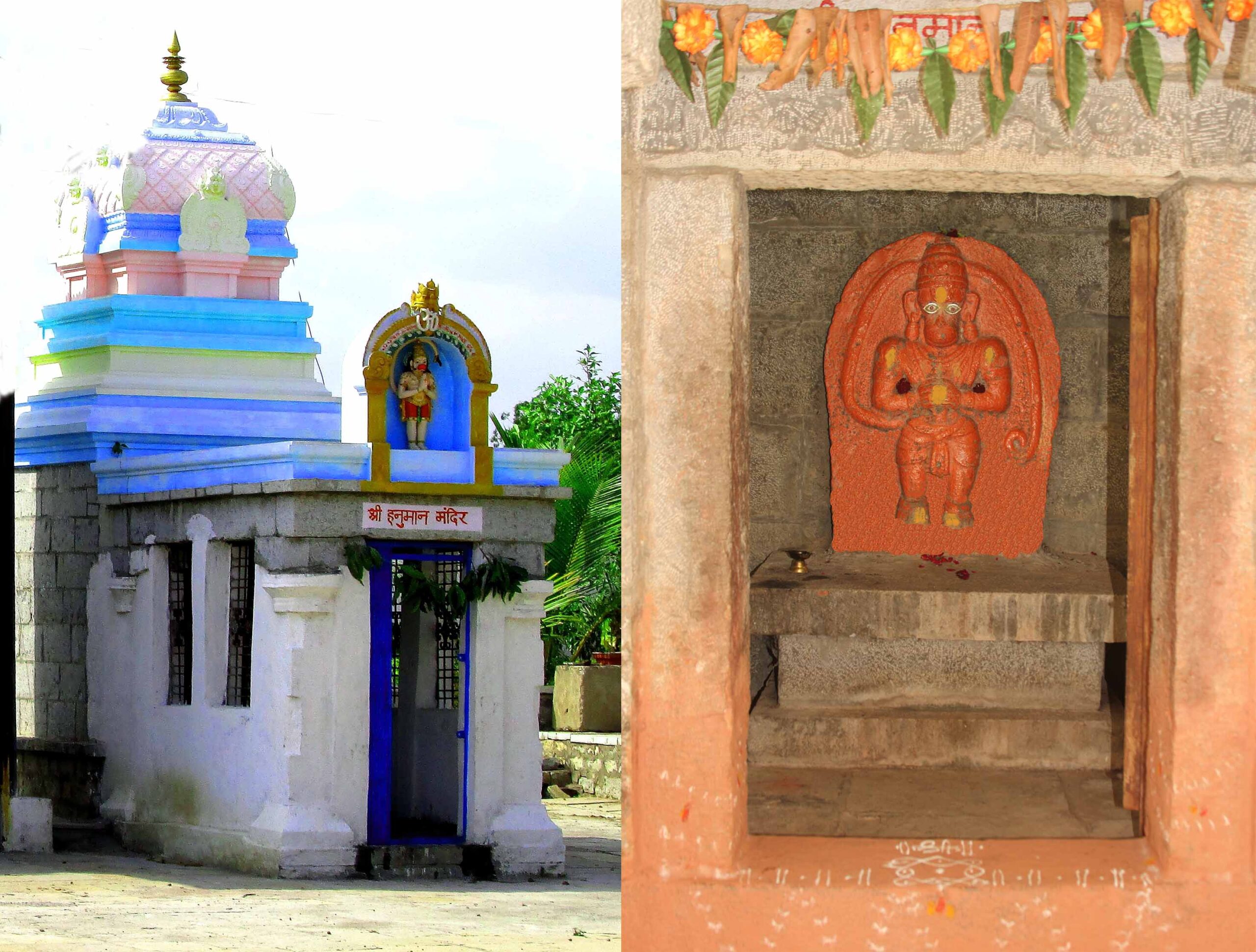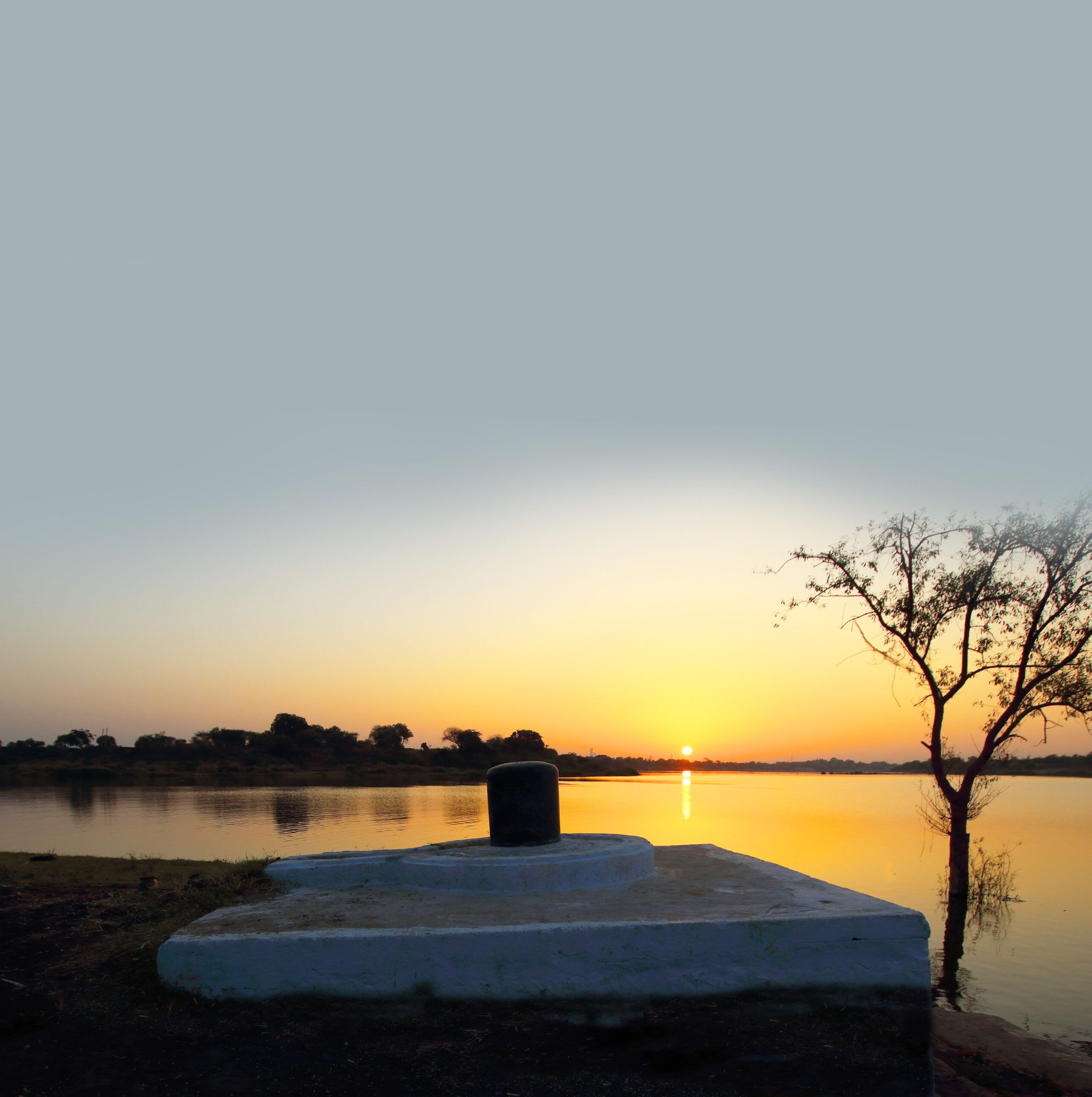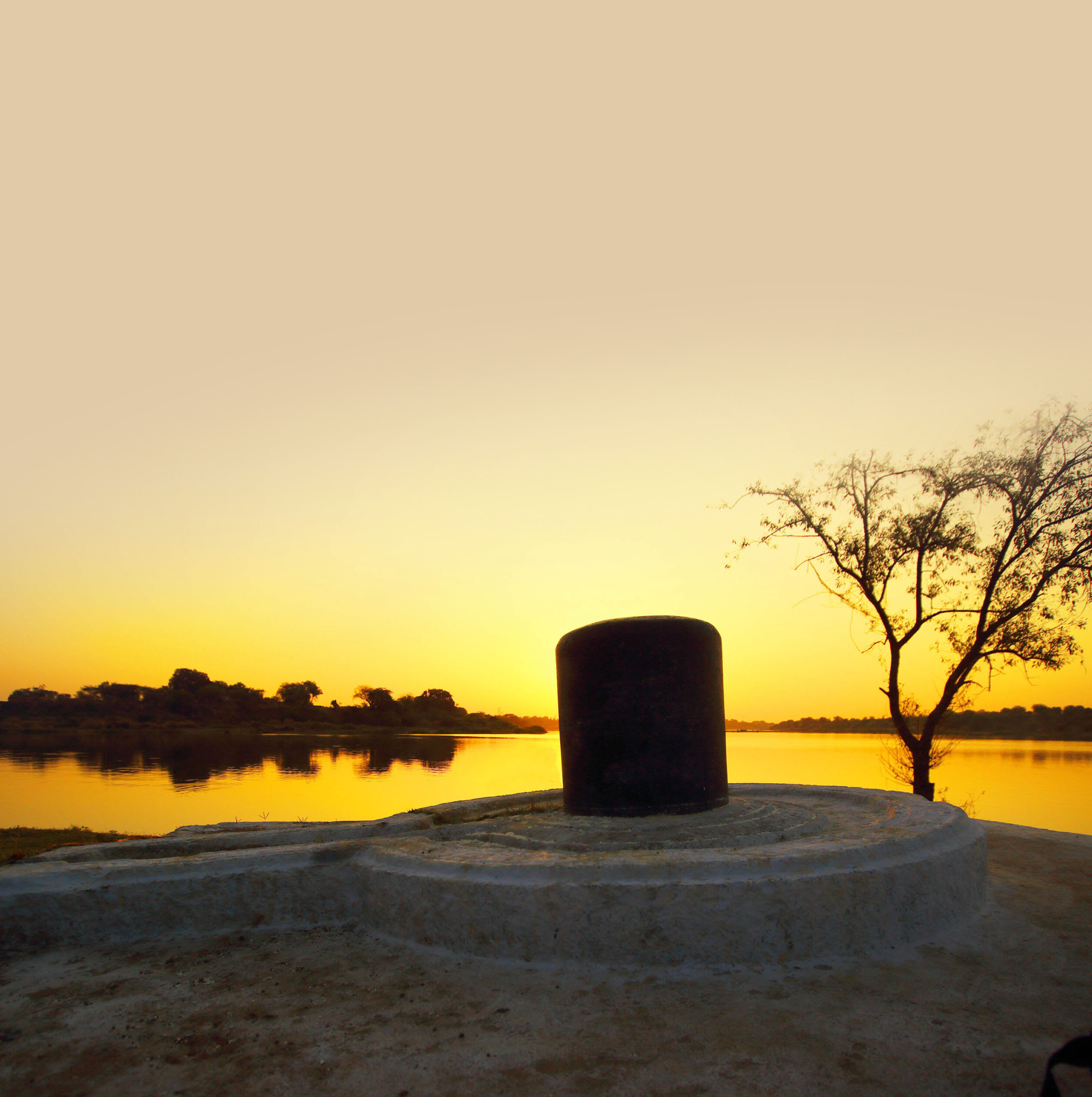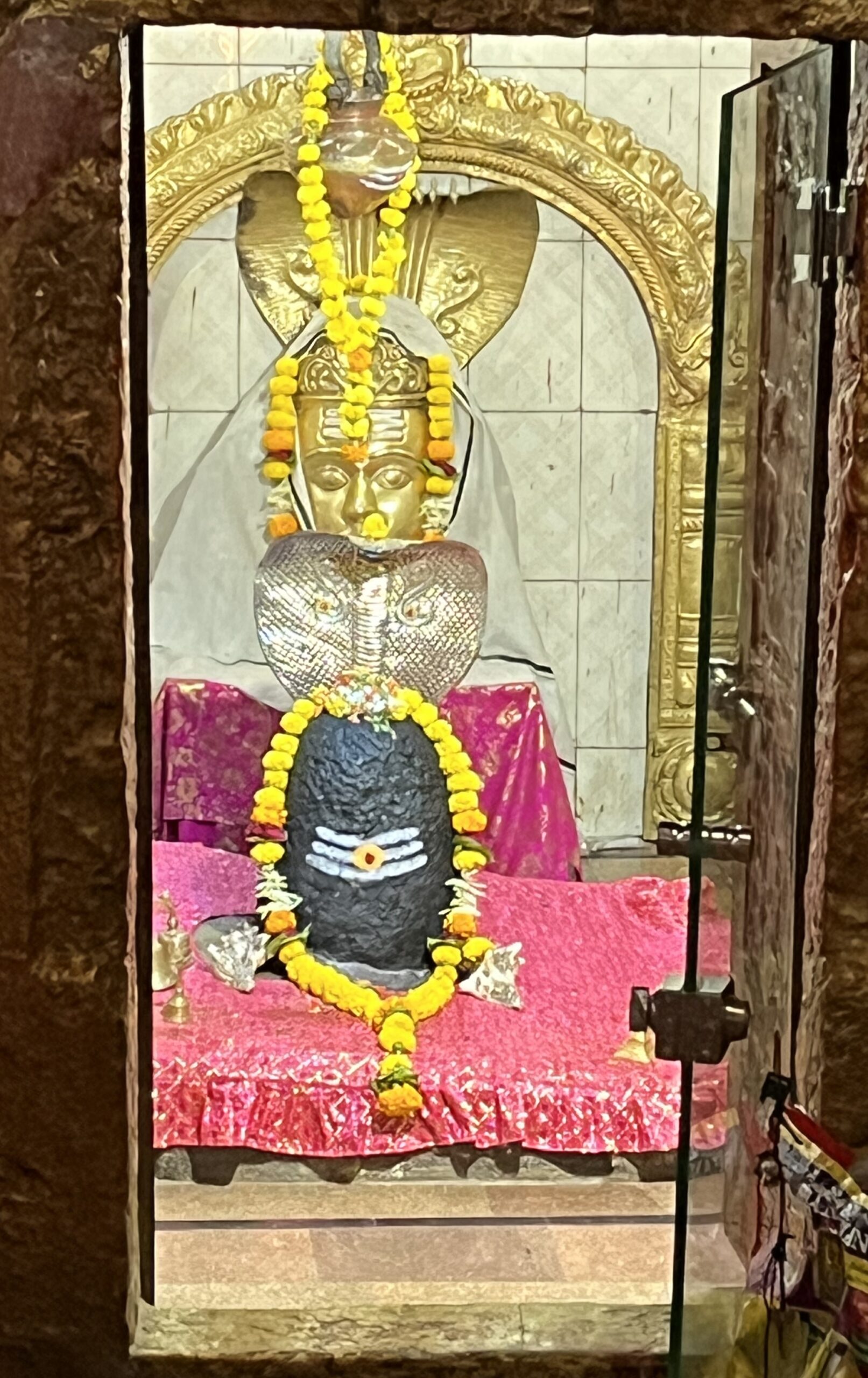Temple History
As per the recorded history of Kalaburagi district dating back to the 6th Century A.D. Rashtrakutas gained control over the area but the Chalukyas regained their domain within a short period and regained supreme for many centuries. Shree Chandralaparameshwari temple’s construction history dates back 6th to the 7th Century when the Chalukyas empire reached its peak. The temple was under the supervision of Chalukyas kings till the 12th Century. Temple was built with sand and black granitestone in Chalukya-style architecture. Main Deity Shree Chandralaparameshwari Gharbhagudi has Shree Chakra as gopuram. This temple was at the peak of glory between the 7th to 12th Centuries. Around the end of the 12th century, the Yadavas of Devagiri and the Hoysalas of Dwarasamudra destroyed the supremacy of the Chalukyas. Around the same period, the Kakatiya kings of Warangal came into prominence and the present Kalaburagi districts formed part of their kingdom. The Kakatiya power was subdued in 1308 AD and the entire Deccan, including the district of Kalaburagi, passed under the control of the Delhi Sultanate. Beginning from the 13th century to the 19th century this temple did not get attention from the ruling kings, still stood as a witness to history and withstood all-natural disasters.
In 2022, under the direction of Padma Vibhushan Shri Dr D. Veerendra Heggade (Dharmadhikari’ of the Dharmasthala Temple), this temple under went for major conservation and restoration. The conservation process was started by numbering each stone and component of the Gharbhagudi and detailed drawings/photographs of each part of the temple were prepared, showing the numbered stones. This documentation was carried out before the dismantling work, in order to restore back all the original stone members to their original location maintaining their authenticity. The stone members from the temple were then dismantled in one of the most strenuous and painstaking processes and they were thoroughly cleaned to remove dirt, dust, algae, and mortar remains. To achieve a high degree of accuracy, following the trial-and-error method, critical layers of inner masonry were arranged and placed on the ground for checking the exact position and then placed and fixed at their original location on the temple. The reconstruction of the temple in stone was then carried out to its original height and form duly following the detailed drawings showing each numbered stone. The references from the older photographs were also taken to check the respective side. During the conservation process, all the original stone members, and beams were retained and used extensively. It took almost two years for conservation and restoration to complete. On 11th may 2004, renovated temple is inaugurated with the blessings of Shri Dr D. Veerendra Heggade. Today temple trust is actively working to maintain the temple and its structure.
